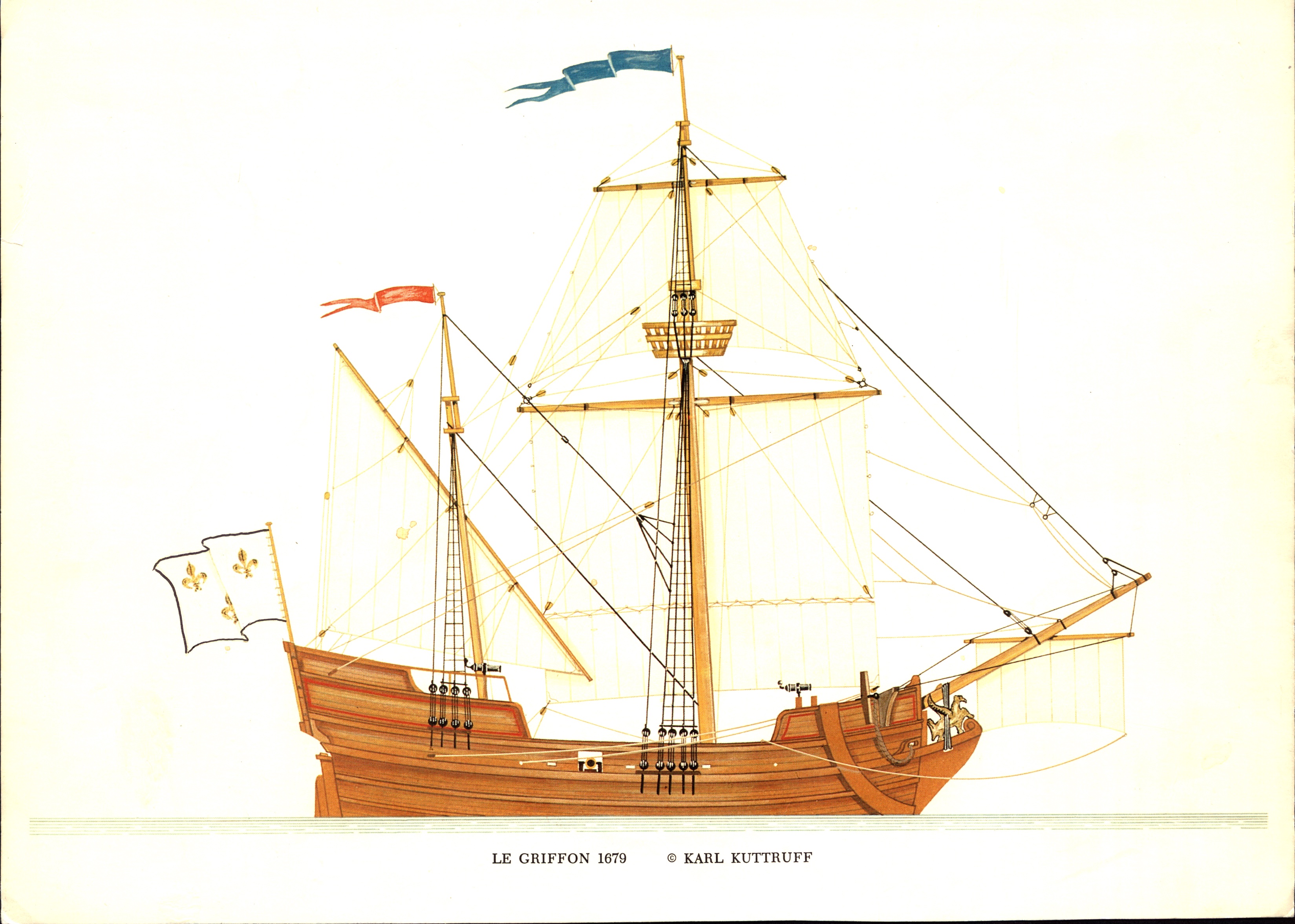In the late 2000s, as a graduate student in Michelle Hasting’s laboratory at Rosalind Franklin University of Medicine and Science, I worked on targeting RNA splicing for disease therapy using radioactive isotopes to detect RNA expression.
Mallory Havens earned her PhD at Rosalind Franklin University of Medicine and Science. She is now a biologist at Lewis University where she studies the biogenesis of noncanonical RNA and pre-mRNA alternative splicing in disease.
Anthony Hinrich
One winter afternoon, our laboratory manager and I tried to raise the frigid temperature in the lab to a balmy 60 degrees Fahrenheit. Suddenly, a pipe burst above the door that was the only exit to the room. Hot water shot across the doorframe and straight into a container with liquid radioactive waste.
At the time, we used phosphorous 32 (P-32), an isotope with relatively low levels of radioactivity and a short half-life in our experiments. Although we can work with P-32 for hours with minimal risk, we wanted to avoid any unnecessary exposure.
As we watched the radioactive waste overflow onto the floor, we quickly climbed onto the lab benches and called for help. I’d never dealt with a spill quite like this, but we stayed composed, well prepared from our lab safety training. Once maintenance shut off the water, we went to work with the detailed clean up procedure.
We wiped up all the water and spritzed Fantastik, a handy household cleaner that removes isotopes. Then we used a Geiger counter and a scintillation counter to confirm that there was no residual isotope.
Later, we discovered that a fire had occurred in the lab many years prior, and the construction company repaired the damage. However, the company never replaced the insulation in the ceiling, which left a risk to the pipes. Thankfully, they replaced the insulation after this incident.
It was a close call and a reminder to stay vigilant about lab safety. We never know when a burst pipe will test the importance of proper lab safety practices! The incident could have been much worse if we had neglected lab protocol and overfilled the waste container.
This interview has been edited for length and clarity.














